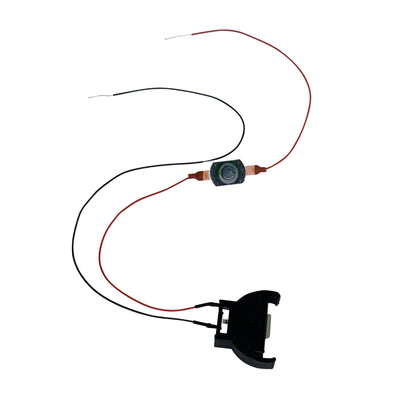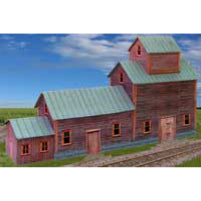Hows and Whys of LEDs
History of LEDS and Incandescent Lights
Light emitting diodes, or LEDS for short are small lights that are lit through the movement of electrons through a semiconductor chip encased in silicone. These little lights were invented in 1962 by Nick Holonyak and revolutionized the lighting industry. Before the introduction of battery powered LED lights, consumers relied on incandescent lights for their lighting and modeling needs. Incandescent lights work by using electrical energy to heat a filament thus emitting light. The problem with this method however is the heat produced can damage models the lights are used in. Additionally, the incandescent lights draw a lot of power making it necessary to change the 3v battery suppling the light frequently. Finally, due to the large amount of heat being applied to a thin filament, there is a tendency for incandescent lights to burn out, which proves to be problematic if they are installed or even sealed into a model.
Why LEDS are The Superior Lighting Choice
Unlike incandescent lights small LEDS lights do not get hot when they emit light, instead electrical energy is used to charge electrons in the semiconductor to emit a photon of light. This process turns electrical energy into light energy rather than turning electrical energy into heat energy, so in turn the bulb does not get hot, and mini LED lights produce 90% less heat than incandescent bulbs. Additionally, this conversion is a far more energy efficient process. LED lights use 1/6th the energy capacity that an incandescent light uses. A single LED can run for 40 hours on a 3v battery. Finally, the semiconductor of the LED is much longer lasting that the incandescent filament. One LED can be expected to run for 50,000 hours while incandescent light is only expected to last for around 1,100 hours before burning out. Both of these factors make it possible to seal your battery-operated LED lights into your model and never have to replace them.
How to Power Your LED Lights
When it comes to supplying your small LED lights with power, there are two choices AC and DC power. AC, which stands for alternating current, is household power from a wall outlet. Many Model Train Transformers and even some Doll House Transformers use have AC power supplies supplying their projects. AC power is created by turbines spinning in alternating directions, thus creating alternating current power. DC on the other hand stands for direct current. DC power generates power in only one direction, and is most compatible with LEDs. DC power comes from batteries, and the newer Regulated Adapters like our 3 volt and 12 volt adapters. There are no AC batteries. The LED lights sold by Evan Designs have resisters and or or bridge rectifiers that convert AC to DC already installed. This makes our LEDs able to be used on your chosen AC or DC power. Wall adapter or Battery. Evan Designs LED lights with resisters can be run on 3 volt or 12 volt DC or 7-19 Volts of AC or DC power, simply select the LED that suits your needs. Make sure to read the other articles on Evandesigns.com to learn more about wiring your LEDS and choosing the proper size and color for your model.






